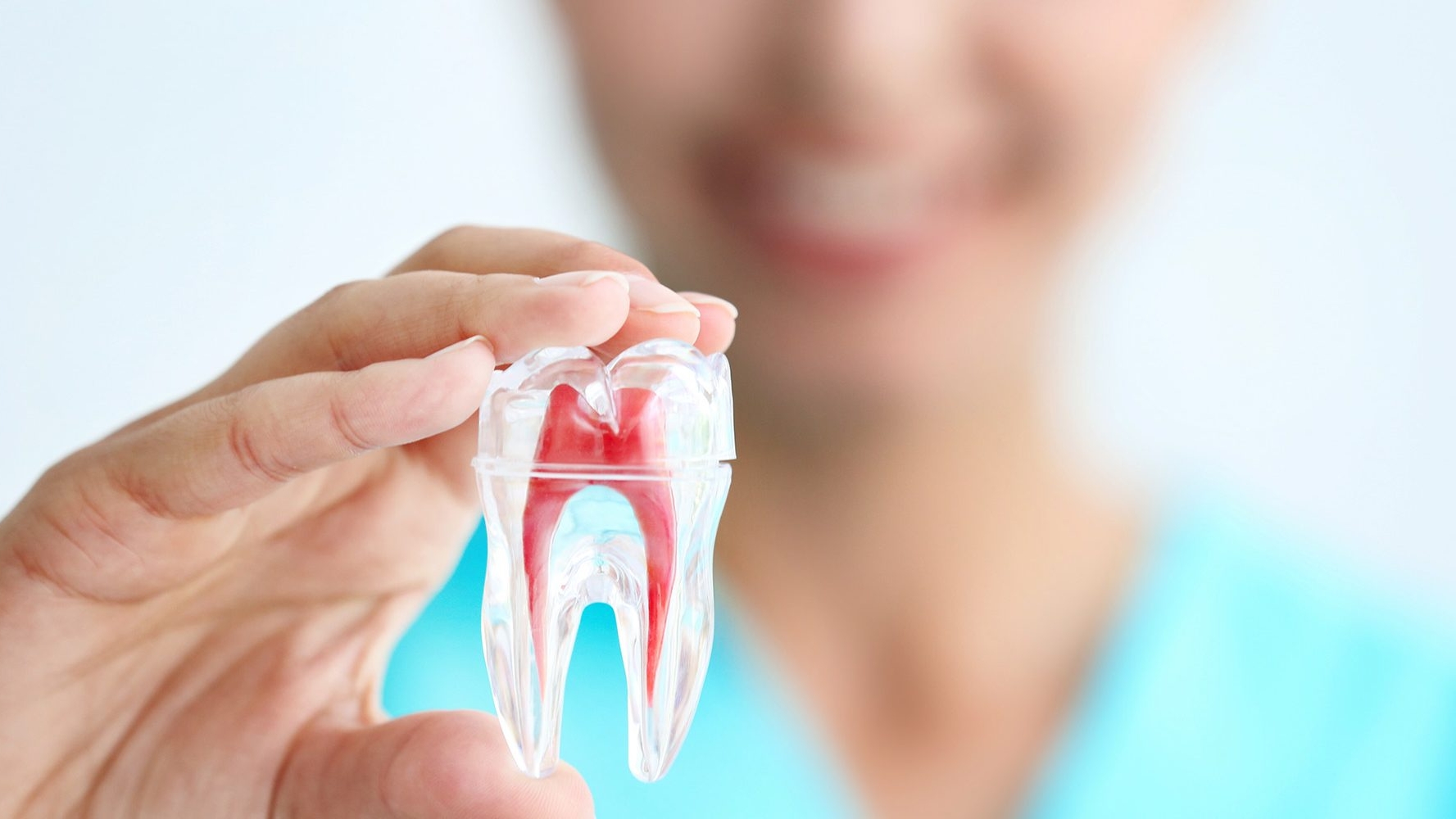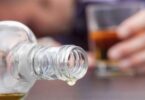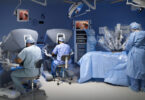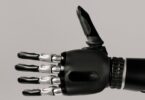[et_pb_section bb_built=”1″][et_pb_row][et_pb_column type=”4_4″][et_pb_text _builder_version=”3.13.1″]
The dentin, ivory, or eburnea substance, is an intermediate tissue, softer than enamel.
It is the second hardest tissue in the body, and forms the largest volume of the dental organ, in the coronary part it is covered like a cap by the enamel, while in the root region it is covered by cement. It is yellowish, and its high degree of elasticity protects the overlying enamel against fractures. Dentinogenesis is the process of dentin formation by the dental organ naturally.
Dentin is radiopaque due to its relatively high impregnation of mineral salts. The dentin is produced by the odontoblasts, which are located between the dentine and the dental pulp, and which retain their relationship with the dentine throughout the life of the tooth, which can self-repair.
Currently a group of scientists from Harvard University, has revealed that the use of low-power laser light can cause the stem cells inside the body to regenerate dental tissues that are damaged. The use of infrared lasers at low power is already common in medicine and dentistry, so they wanted to find out if the stem cells could also be used to regenerate, not only white tissues, but also, in this case, the bone tissue of the teeth, and lead in the future to regeneration as a treatment and not to extraction and implantation as a rule.
Thus, the experts pointed with an infrared laser to the hole in a perforated tooth of a laboratory rat, which had previously been treated with adult stem cells, discovering that after this, twelve weeks later, the stem cells had stimulated the production of dentin and , therefore, the growth of the tooth.
Scientists are inclined that this method of cell regeneration should not only be limited to the teeth, but that the range of possibilities in which this technique could be used would encompass any type of cell and body tissue.
On the other hand, has been published in the magazine New Scientist, the innovation of a new device that promises to return the aesthetic to people who have lost a tooth. It is an ultrasound transmitter that is placed inside the mouth of a person and that could help damaged teeth grow back. The device works with a battery and sends low-power ultrasonic pulses for a long time to the damaged teeth, so that they grow.
These and other innovations are also possible in Pharmamedic.
[/et_pb_text][/et_pb_column][/et_pb_row][/et_pb_section]








